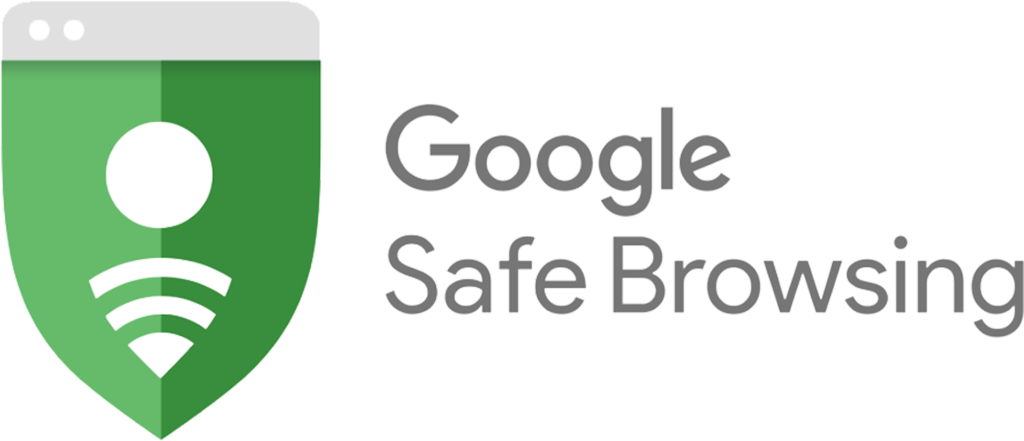How to Start Mining with $100–$1000 ?
Mining101
- tagwu

SUMMARY
Cryptocurrency mining may seem like a game for large-scale farms and expensive equipment—but is it possible to start mining with a budget between $100 and $1000? The answer is yes—with the right strategy, tools, and expectations.
This article will guide you through how to realistically begin your mining journey without breaking the bank.
Can You Start Mining with $100–$1000

Yes, absolutely. While top-tier ASIC miners cost thousands of dollars, there’s still room for small-scale miners to participate and learn. Here’s what you can achieve with a $100–$1000 budget:
- Gain hands-on experience
- Earn small amounts of crypto
- Learn how mining pools, settings, and networks work
- Scale up your mining setup over time
What Are the Budget Limitations
Here’s what your budget allows in today’s market:
- $100–$300: Entry-level micro miners or DIY/open-source miners
- $300–$700: Compact ASIC miners for altcoins
- $700–$1000: Lower-mid range miners with real profit potential
What you won’t afford:
- High-end BTC ASIC miners like Antminer S21 or WhatsMiner M60
- GPU rigs capable of real profitability (especially post-ETH)
What You Shouldn’t Buy as a Beginner
Many newcomers are tempted to buy low-cost Bitcoin miners, thinking they’ll strike gold. However, the reality is that:
- BTC network difficulty is extremely high
- Small BTC miners (under 50 TH/s) won’t generate meaningful income
- Power costs can easily outweigh mining rewards
Conclusion: BTC mining is not beginner-friendly unless you’re starting with industrial-grade hardware. Your best bet is to mine altcoins with lower mining difficulty and better power efficiency.
Best Entry-Level Miners for Beginners (Recommended Machines)
When it comes to getting started with a $100–$1000 budget, here are some realistic and accessible mining machines to consider.
Goldshell Byte ($300–$350)
- Coin: Bytecoin variant (Blake2b algorithm)
- Hashrate: ~400 MH/s
- Power: ~60W
- Pros: Quiet, small, easy to set up, great for home mining
- ROI: Medium – good for beginners to experiment with
Iceriver AE0 ($800)
- Coin: ALEO (zk-SNARK-powered privacy coin)
- Hashrate: ~200 MH/s
- Power: ~100W
- Pros: Efficient, compact, mines an emerging project with upside
- ROI: Variable – depends on ALEO ecosystem growth
DG Home 1 ($1200) (Above budget, but close)
- Coin: Various altcoins depending on model
- Power: ~100–150W
- Pros: Compact all-in-one design, low noise
- Cons: Slightly above the $1000 budget
Note: While DG Home 1 is slightly outside this article’s budget range, it’s a solid next-step upgrade for those looking to scale slightly beyond their entry setup.
WiFi-Based Micro Miners (Educational & Fun)
If you’re aiming for the lowest possible cost, consider compact micro miners. These are not designed for high profits but are great for learning and experimenting.
Examples:
Bitaxe Gamma 601 ($90–$100)
- Bitcoin miner (BM1370 chip, 1.1 TH/s, ~15W)
- Fun open-source project, can be run on 5V/6A adapter
NerdMiner / NerdQaxe++ ($100–$300)
- WiFi-connected mini solo miners
- Ideal for beginners who want to play around with mining settings
These devices are not profitable, especially in BTC, but provide excellent learning experiences and community engagement.
Use Old Hardware to Experiment
Don’t underestimate the power of what you already own. Your old PC, Raspberry Pi, or even a laptop can be used to:
- Mine CPU-friendly coins like Monero (XMR)
- Run a testnet node or private chain
- Learn how mining pools and wallets function
This is a zero-cost entry point that provides foundational knowledge before committing to real equipment.
Cloud Mining (Be Cautious)

Cloud mining platforms let you rent hashpower from remote farms—but most come with high risks.
Pros:
- No hardware or setup required
- Instant access to mining output
Cons:
- High fees, slow ROI
- Many platforms are scams
- No control over hardware or operations
Stick to well-known names if you must try this route, and treat it more as an experiment than an investment.
How to Scale from Entry-Level to Profit
Once you've tried a few miners and understood your power costs, payout cycles, and ROI potential, it's time to scale:
- Reinvest profits into higher-end altcoin miners
- Look for used but reputable equipment
- Optimize your home setup (ventilation, smart plugs, uptime tracking)
- Consider solar power if local electricity is expensive
The crypto mining journey is not a sprint—it’s a slow accumulation game built on knowledge and patience.
Final Thoughts
You don’t need $10,000 to get started in mining. A $100–$1000 budget, paired with smart choices and the right mindset, is enough to:
- Begin real mining
- Learn how the industry works
- Build your skills for future scaling
Start small, mine smart. Whether it’s a Goldshell Byte or an Iceriver AE0, what matters most is getting involved and staying curious
FAQs on Start Mining with $100–$1000
Can I start mining Bitcoin with $100–$1000?
Not effectively. It’s better to mine altcoins due to lower difficulty and better ROI.
What’s the best beginner miner under $1000?
Goldshell Byte ($300) or Iceriver AE0 ($800) are excellent altcoin entry options.
Are micro miners like Bitaxe profitable?
No, they’re not profitable but great for learning and testing at home.






